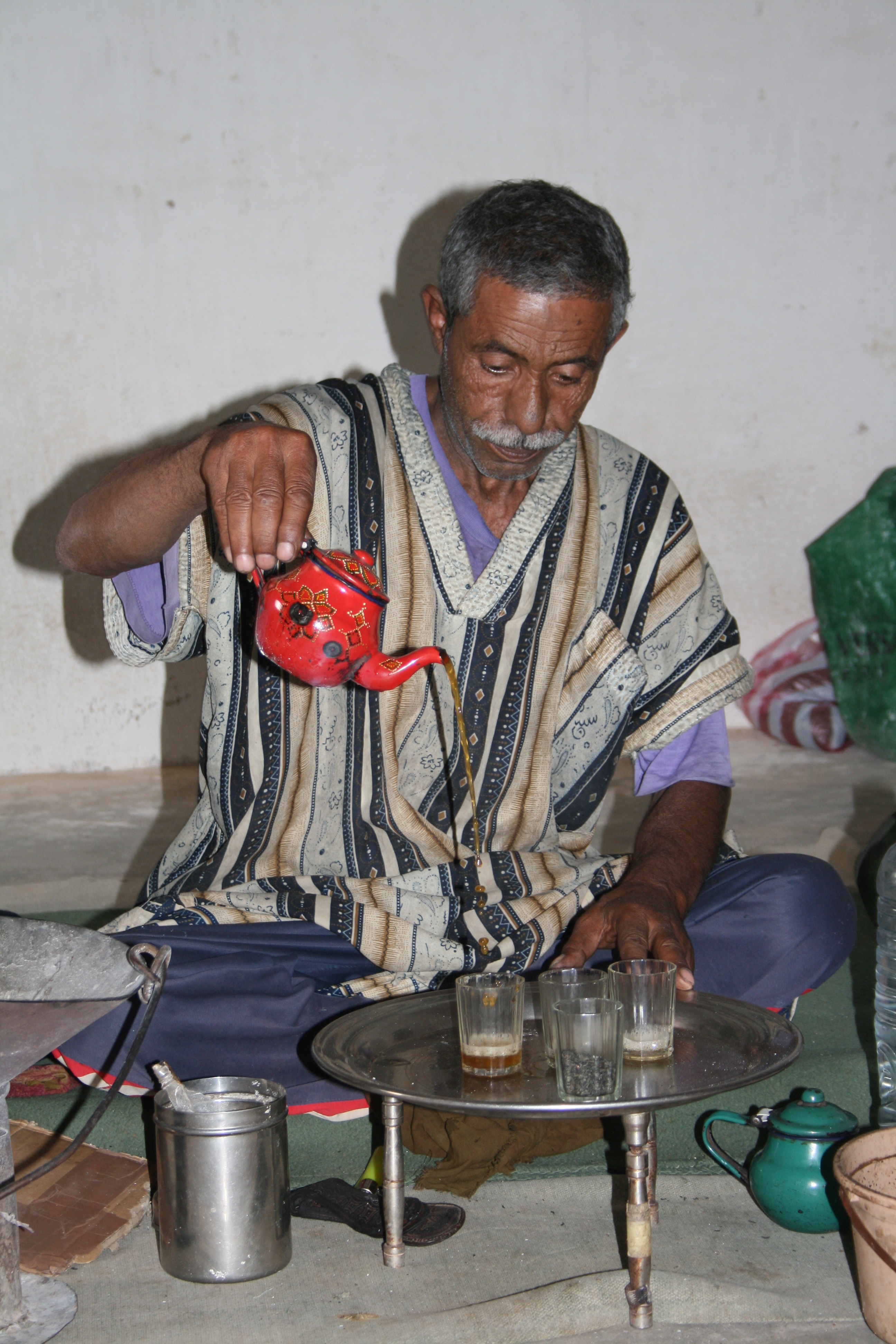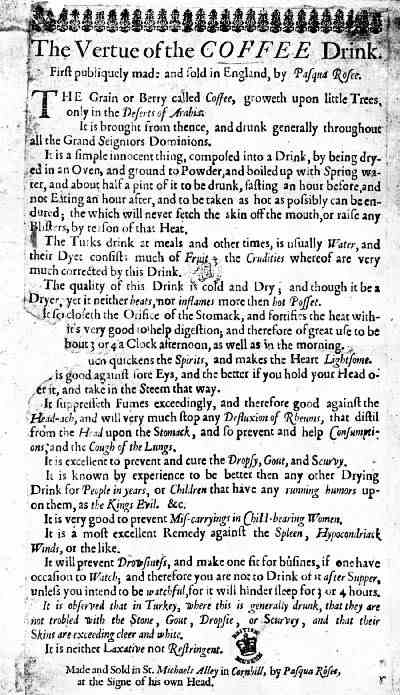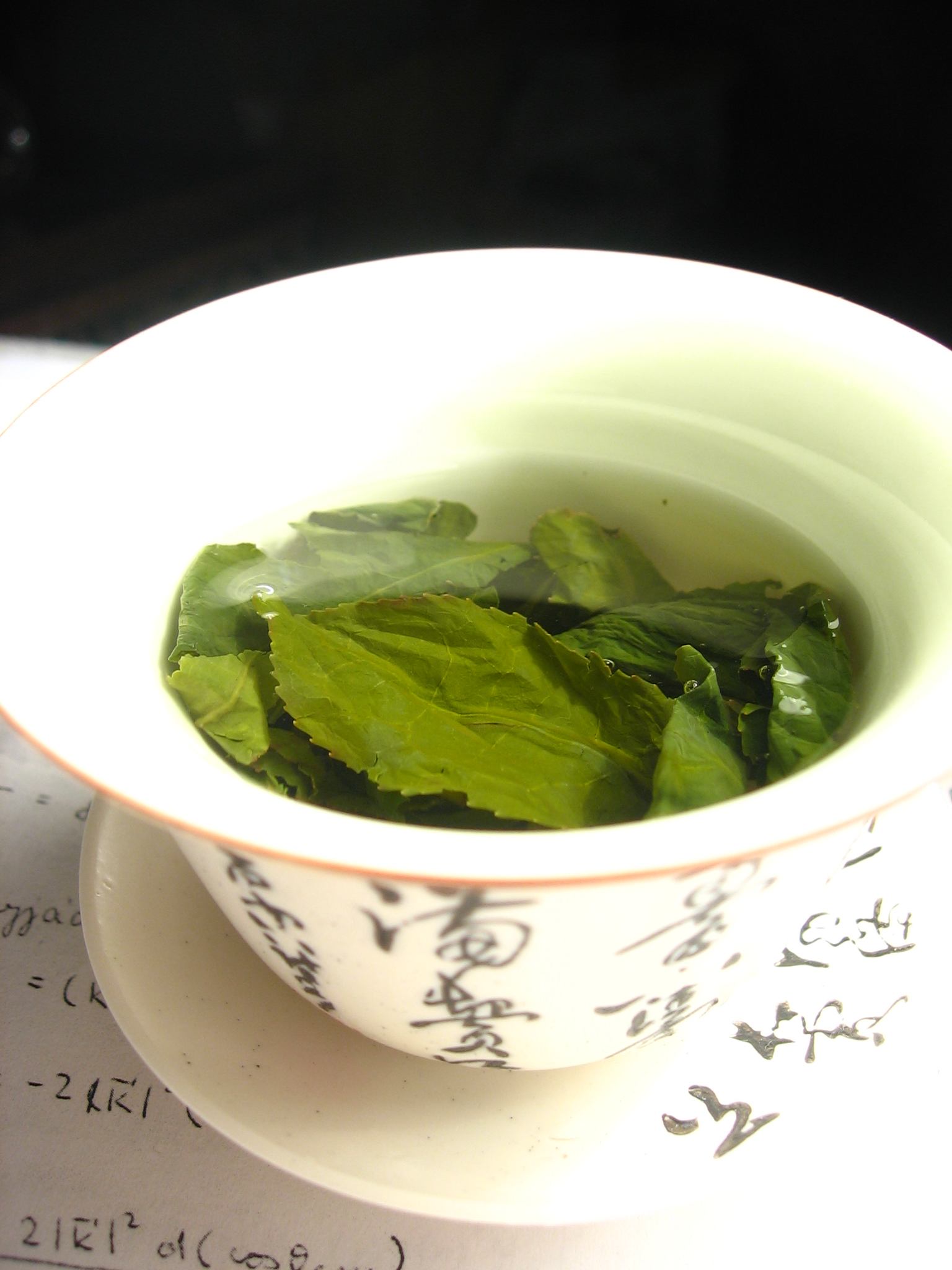|
Infusion
Infusion is the process of extracting chemical compounds or flavors from plant material in a solvent such as water, oil or alcohol, by allowing the material to remain suspended in the solvent over time (a process often called steeping). An infusion is also the name for the resultant liquid. The process of infusion is distinct from both decoction—a method of extraction involving boiling the plant material—and percolation, in which water is passed through the material (as in a coffeemaker). History The first recorded use of essential oils was in the 10th or 11th century by the Persian polymath Avicenna, possibly in ''The Canon of Medicine''. Tea is far older than this, dating back to the 10th century BC as the earliest recorded reference. Preparation techniques Infusion is a chemical process that uses botanicals (typically dried herbs, flowers or berries) that are volatile and release their active ingredients readily in water, oil, or alcohol. In this process, a liquid i ... [...More Info...] [...Related Items...] OR: [Wikipedia] [Google] [Baidu] |
Herbal Tea
Herbal teas, also known as herbal infusions and less commonly called tisanes (UK and US , US also ), are beverages made from the infusion or decoction of herbs, spices, or other plant material in hot water. Oftentimes herb tea, or the plain term ''tea'', is used as a reference to all sorts of herbal teas. Many herbs are used in herbal medicine. Some herbal blends contain actual tea (e.g., the Indian classic masala chai). The term "herbal" tea is often used in contrast to the so-called ''true'' teas (e.g., black, green, white, yellow, oolong), which are prepared from the cured leaves of the tea plant, '' Camellia sinensis''. Unlike true teas (which are also available decaffeinated), most tisanes do not naturally contain caffeine. There are a number of plants, however, that ''do'' contain caffeine or another stimulant, like theobromine, cocaine or ephedrine. Some have the opposite effect, acting as a sedative. Some common infusions have specific names such as , ''mate'' (ye ... [...More Info...] [...Related Items...] OR: [Wikipedia] [Google] [Baidu] |
Moroccan Mint Tea
Maghrebi mint tea (Maghrebi Arabic: , ''atay''; ar, الشاي بالنعناع, aš-šhāy bin-na'nā'; ), also known as Moroccan mint tea and Algerian mint tea, is a North African green tea prepared with spearmint leaves and sugar. It is traditional to the Greater Maghreb region (the northwest African countries of Morocco, Algeria, Tunisia, Libya, and Mauritania). Its consumption has spread throughout North Africa, parts of the Sahel, France, Spain, the Arab world, and Middle East. Mint tea is central to social life in the Maghreb. and is very popular among the Tuareg people of Algeria, Libya, Niger and Mali. The serving can take a ceremonial form, especially when prepared for a guest. The tea is traditionally made by the head male in the family and offered to guests as a sign of hospitality. Typically, at least three glasses of tea are served. The tea is consumed throughout the day as a social activity. The native spearmint ''naʿnāʿ'' () possesses a clear, pungent, mild ... [...More Info...] [...Related Items...] OR: [Wikipedia] [Google] [Baidu] |
Decoction
Decoction is a method of extraction by boiling herbal or plant material (which may include stems, roots, bark and rhizomes) to dissolve the chemicals of the material. It is the most common preparation method in various herbal-medicine systems. Decoction involves first drying the plant material; then mashing, slicing, or cutting the material to allow for maximum dissolution; and finally boiling in water to extract oils, volatile organic compounds and other various chemical substances. Occasionally, aqueous ethanol or glycerol may be used instead of water. Decoction can be used to make tisanes, tinctures and similar solutions. Decoctions and infusions may produce liquids with differing chemical properties, as the temperature or preparation difference may result in more oil-soluble chemicals in decoctions versus infusions. The process can also be applied to meats and vegetables to prepare bouillon or stock, though the term is typically only used to describe boiled plant extracts, usua ... [...More Info...] [...Related Items...] OR: [Wikipedia] [Google] [Baidu] |
Mate (drink)
or maté () also known as or , is a traditional South American caffeine-rich infused drink. It is made by soaking dried leaves of the yerba mate (''Ilex paraguariensis''), in hot water and is served with a metal straw in a container typically made from a calabash gourd (the ''mate'' proper), but also in some areas made from a cattle horn (''guampa''). was consumed by the Guaraní and Tupí peoples. It has been drunk in South America since before the arrival of Europeans. Its consumption was exclusive to the natives of Paraguay, more specifically the departments of Amambay and Alto Paraná. Some ethnic groups that consumed it are the Avá, the Mbyá and the Kaiowa, and also, to a lesser extent, other ethnic groups that carried out trade with them, such as the ñandevá, the Taluhet (ancient pampas) and the Qom people (Tobas). It is the national beverage of Argentina, Paraguay and Uruguay and is also consumed in the Bolivian Chaco, Northern and Southern Chile, southern ... [...More Info...] [...Related Items...] OR: [Wikipedia] [Google] [Baidu] |
Rooibos
Rooibos ( ; , meaning "red bush"), or ''Aspalathus linearis'', is a broom (shrub), broom-like member of the plant family Fabaceae that grows in South Africa's fynbos biome. The leaves are used to make a herbal tea that is called rooibos (especially in Southern Africa), bush tea, red tea, or redbush tea (predominantly in Great Britain). The tea has been popular in Southern Africa for generations, and since the 2000s has gained popularity internationally. The tea has an earthy flavour that is similar to yerba mate or tobacco. Rooibos was formerly classified as ''Psoralea'' but is now thought to be part of ''Aspalathus'' following Rolf Dahlgren, Dahlgren (1980). The specific name (botany), specific name of ''linearis'' was given by Nicolaas Laurens Burman, Burman (1759) for the plant's linear growing structure and needle-like leaves. Production and processing Rooibos is usually grown in the Cederberg, a small mountainous area in the West Coast District Municipality, West ... [...More Info...] [...Related Items...] OR: [Wikipedia] [Google] [Baidu] |
Coffee
Coffee is a drink prepared from roasted coffee beans. Darkly colored, bitter, and slightly acidic, coffee has a stimulant, stimulating effect on humans, primarily due to its caffeine content. It is the most popular hot drink in the world. Seeds of the ''Coffea'' plant's fruits are separated to produce unroasted green coffee beans. The beans are Coffee roasting, roasted and then ground into fine particles that are typically steeped in hot water before being filtered out, producing a cup of coffee. It is usually served hot, although chilled or iced coffee is common. Coffee can be prepared and presented in a variety of ways (e.g., espresso, French press, caffè latte, or already-brewed canned coffee). Sugar, sugar substitutes, milk, and cream are often used to mask the bitter taste or enhance the flavor. Though coffee is now a global commodity, it has a History of coffee, long history tied closely to food traditions around the Red Sea. The earliest credible evidence of coffee d ... [...More Info...] [...Related Items...] OR: [Wikipedia] [Google] [Baidu] |
Chamomile
Chamomile (American English) or camomile (British English; see spelling differences) ( or ) is the common name for several plants of the family Asteraceae. Two of the species, ''Matricaria recutita'' and ''Anthemis nobilis'', are commonly used to make herbal infusions for beverages. There is insufficient scientific evidence that consuming chamomile in foods or beverages has any beneficial effects on health. Etymology The word ''chamomile'' is derived via the French and Latin, from the Greek grc, χαμαίμηλον, khamaimēlon, earth apple, label=none, from grc, χαμαί, khamai, on the ground, label=none, and grc, μῆλον, mēlon, apple, label=none. First used in the 13th century, the spelling ''chamomile'' corresponds to the Latin and the Greek . The spelling ''camomile'' is a British derivation from the French. Species Some commonly used species include: * ''Matricaria chamomilla'' – often called "German chamomile" or "Water of Youth" * ''Chamaemelum ... [...More Info...] [...Related Items...] OR: [Wikipedia] [Google] [Baidu] |
Coffee
Coffee is a drink prepared from roasted coffee beans. Darkly colored, bitter, and slightly acidic, coffee has a stimulant, stimulating effect on humans, primarily due to its caffeine content. It is the most popular hot drink in the world. Seeds of the ''Coffea'' plant's fruits are separated to produce unroasted green coffee beans. The beans are Coffee roasting, roasted and then ground into fine particles that are typically steeped in hot water before being filtered out, producing a cup of coffee. It is usually served hot, although chilled or iced coffee is common. Coffee can be prepared and presented in a variety of ways (e.g., espresso, French press, caffè latte, or already-brewed canned coffee). Sugar, sugar substitutes, milk, and cream are often used to mask the bitter taste or enhance the flavor. Though coffee is now a global commodity, it has a History of coffee, long history tied closely to food traditions around the Red Sea. The earliest credible evidence of coffee d ... [...More Info...] [...Related Items...] OR: [Wikipedia] [Google] [Baidu] |
Herbal Remedies
Herbal medicine (also herbalism) is the study of pharmacognosy and the use of medicinal plants, which are a basis of traditional medicine. With worldwide research into pharmacology, some herbal medicines have been translated into modern remedies, such as the anti-malarial group of drugs called artemisinin isolated from ''Artemisia annua'', a herb that was known in Chinese medicine to treat fever. There is limited scientific evidence for the safety and efficacy of plants used in 21st century herbalism, which generally does not provide standards for purity or dosage. The scope of herbal medicine commonly includes fungal and bee products, as well as minerals, shells and certain animal parts. Herbal medicine is also called phytomedicine or phytotherapy. Paraherbalism describes alternative and pseudoscientific practices of using unrefined plant or animal extracts as unproven medicines or health-promoting agents. Paraherbalism relies on the belief that preserving various substances ... [...More Info...] [...Related Items...] OR: [Wikipedia] [Google] [Baidu] |
French Press
A French press, also known as a cafetière, ''cafetière à piston'', ''caffettiera a stantuffo'', press pot, coffee press, or coffee plunger, is a coffee brewing device, although it can also be used for other tasks. In 1923 Ugo Paolini, an Italian, filed patent documents relating to a tomato juice separator and he developed the idea of making a coffee pot with a press action and a filter. He assigned his 1928 patent to Italian designer Attilio Calimani and Giulio Moneta who filed it in 1929. Nomenclature In English, the device is known in North America as a ''French press'' or ''coffee press''; in Britain and Ireland as a ''cafetière''; in New Zealand, Australia, and South Africa as a ''coffee plunger'', and coffee brewed in it as ''plunger coffee''. In Italian, it is known as a ; in German as a ' ("stamp pot") or ' ("coffee press"); in French as ', or simply as ' (also the usage in Dutch), though some speakers might also use genericized trademarks, such as Melior or Bodum. ... [...More Info...] [...Related Items...] OR: [Wikipedia] [Google] [Baidu] |
Steeping
Steeping is the soaking of an organic solid, such as leaves, in a liquid (usually water) to extract flavours or to soften it. The specific process of teas being prepared for drinking by leaving the leaves in heated water to release the flavour and nutrients is known as steeping. Herbal teas may be prepared by decoction, infusion, or maceration. Some solids are soaked to remove an ingredient, such as salt, where the solute is not the desired product. Corn One example is the steeping of corn (or maize), part of the milling process. As described by the US Corn Refiners Association, harvested kernels of corn are cleaned and then steeped in water at a temperature of for 30 to 40 hours. In the process their moisture content rises from 15% to 45% and their volume more than doubles. The gluten bonds in the corn are weakened and starch is released. The corn is then ground to break free the germ and other components, and the water used (steepwater), which has absorbed various nutrient ... [...More Info...] [...Related Items...] OR: [Wikipedia] [Google] [Baidu] |




.jpg)


.jpg)
.jpg)
